Fashion has always been a beautiful contradiction — art wrapped in consumption. But what happens when the next frontier of fashion isn’t stitched, but rendered?

In the race to clean up an industry that’s responsible for nearly 10% of global carbon emissions, digital fashion is turning design into data in an effort to reduce waste, shipping, and overproduction.
Pixels Are the New Polyester
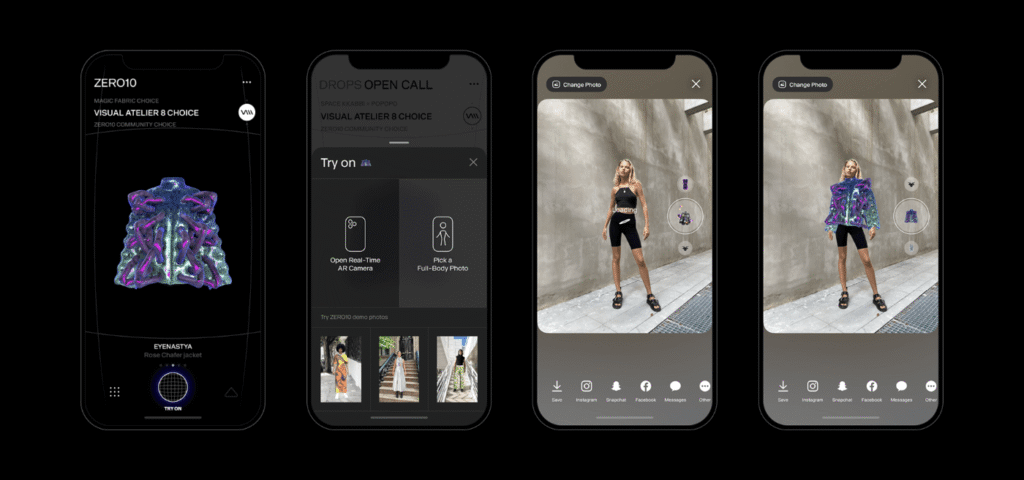
According to Wikipedia’s entry on digital fashion, designers now build and sell virtual garments for social media, AR, or VR worlds. The goal isn’t fantasy — it’s efficiency. Fewer physical samples. Cleaner supply chains. Faster creativity.
3D Design Cuts Waste, Not Corners

Fashion giants are catching on. PVH, parent company of Tommy Hilfiger, designs entire collections in 3D before ever touching fabric. These simulations with physics-based rendering, saves countless prototypes from taking up space in our garbage dumps.
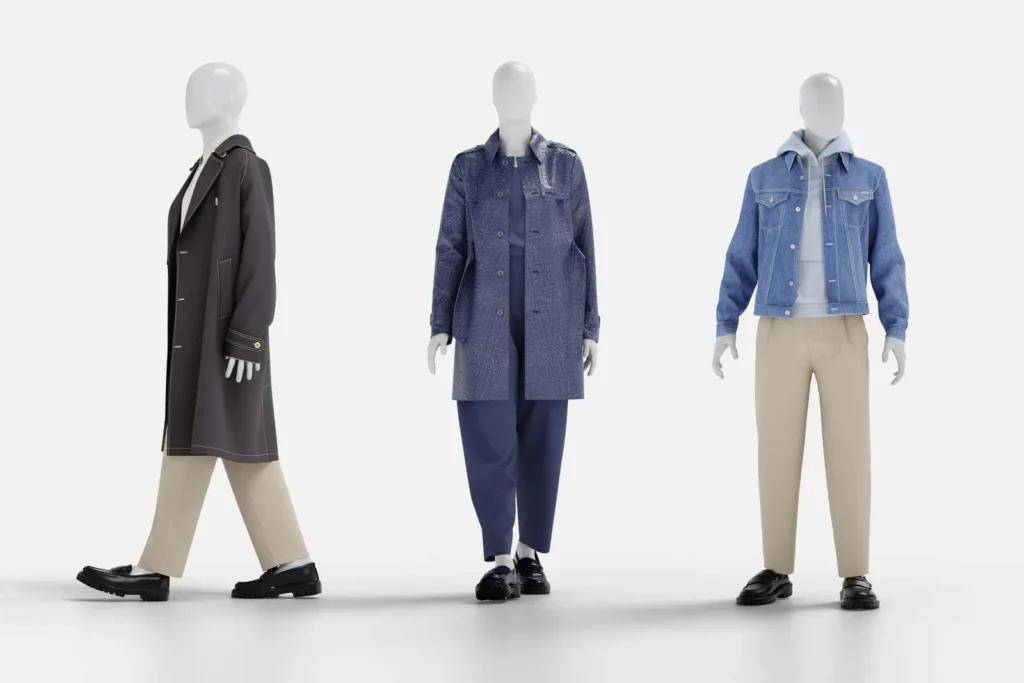
And thery’re not the only ones. Unspun’s 3D weaving tech, Vega, weaves garments directly from yarn, skipping cutting and sewing altogether — a process that can reduce waste by over 30%.
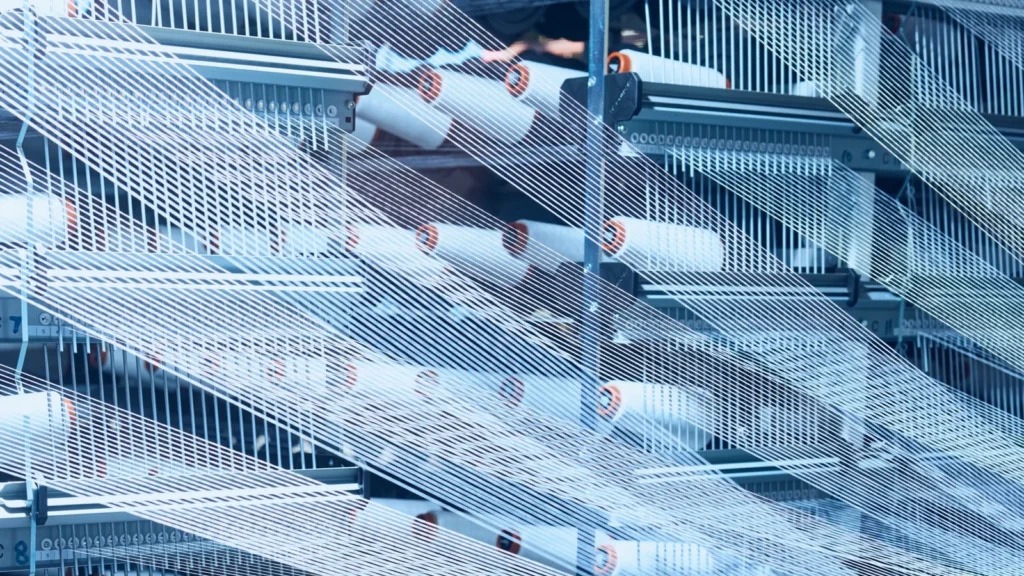
As The Interline reports, these digital-first workflows can cut lead times by up to 70%. Sustainability has never moved this fast — or looked this sharp.
From Runway to Render: The Culture of Virtual Garments

The shift isn’t just industrial — it’s cultural. Platforms like DRESSX and Tribute Brand sell digital-only outfits that users wear in photos, videos, or games. The garments are invisible to touch but visible everywhere online.

Tribute Brand merges the two worlds, embedding NFC chips and AR layers in real clothes. Seen through your phone, they shimmer, distort, or glow — a literal fashion filter.
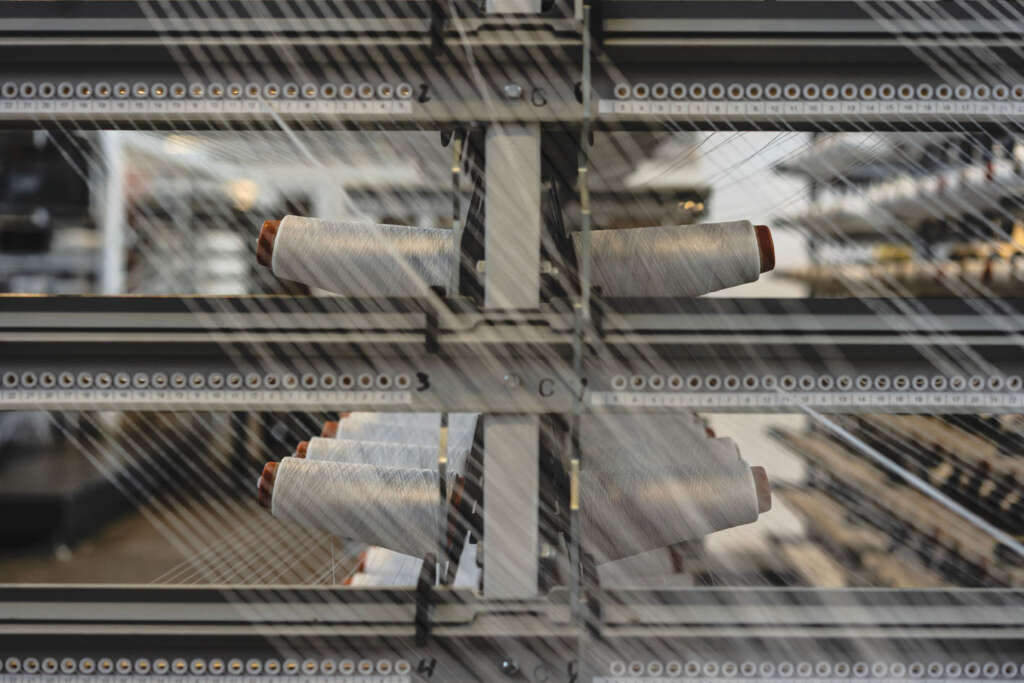
And people are paying. Studies in the International Journal of Retail and Distribution Management show that consumers value digital fashion for its uniqueness and novelty. But let’s be honest… Sustainability only works if virtual fashion replaces, rather than adds to, physical consumption.
The Hidden Costs of Being Weightless
No production means no pollution — right? Not entirely. Rendering and hosting digital garments still requires energy. Prism Sustainability Directory notes that the carbon footprint of data centers can offset some of the industry’s digital gains.
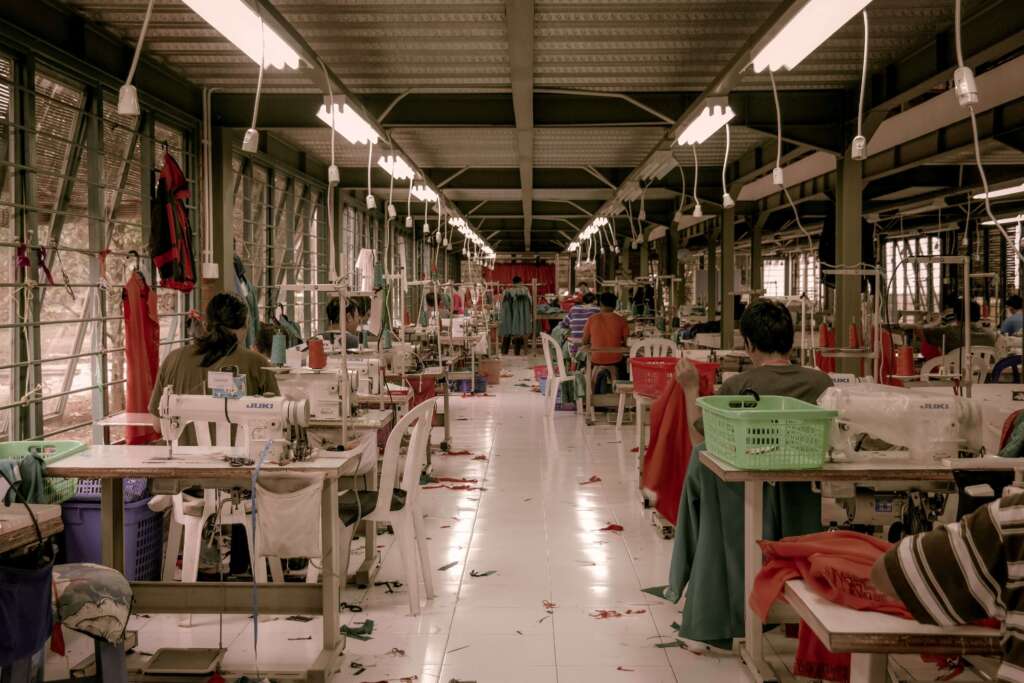
And with infinite choice comes infinite temptation: when designs are instant, fashion’s old addiction to “newness” could simply shift into pixels.
Where It’s Going Next
Labs are already teaching AI to turn a hand sketch or AR gesture into a fully rendered garment. Meanwhile, partnerships like Decathlon x Unspun show how digital design and local manufacturing can merge into real, scalable change.
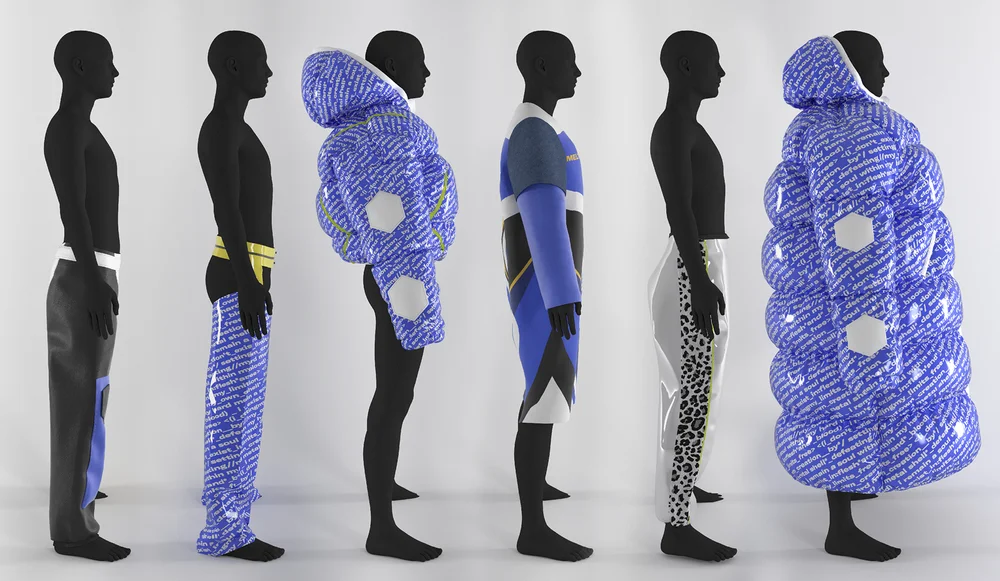
Digital fashion won’t erase pollution overnight, but it could rewrite the story. The next great outfit might not hang in your closet. It might glow from your phone — weightless, waste-free, and alive with imagination.





Leave a Comment